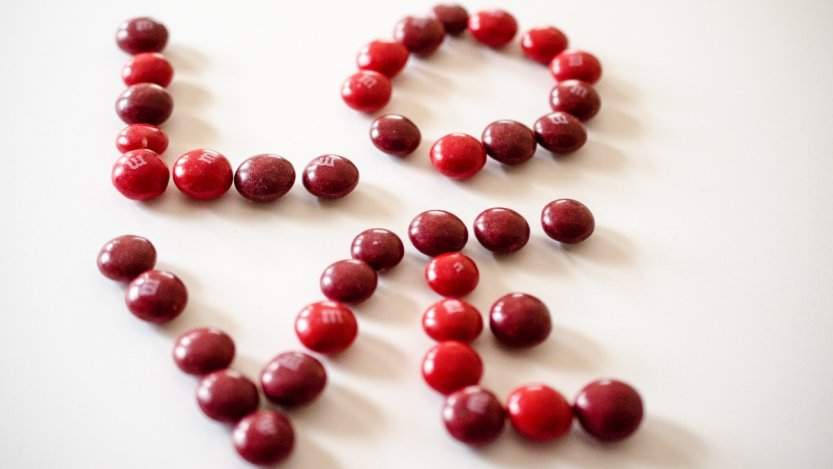What is the relationship between food and romance? Food might be pleasurable, but is it really “orgasmic”, or is that just people being dramatic?
Researchers in the U.S. wanted to examine how hunger affects the brain’s response to romantic cues in women. So, listen up: there may in fact be a way to your lady’s heart through food!
What they did was use fMRI (functional magnetic resonance imaging) to see how different areas of the brain lit up in response to romantic cues, under both fasted and fed conditions. These romantic cues consisted of images that a group of females had previously rated positively as “sexual” stimuli. Unlike men whose highly-rated sexual cues are typically graphically erotic, these images were simply of heterosexual couples hugging, holding hands, and being romantically intimate (differences which warrant an article all to themselves). They also split people up into two groups--normal weight dieters and normal weight non-dieters--to compare differences in brain activation on that variable as well.
The results of showing the women the romantic images, as shown in their brain activation, were two-fold. Firstly, when fed, both dieters and non-dieters displayed greater activation in brain areas related to reward while looking at the images. Secondly, for non-dieters, the fed condition specifically led to greater activation in the amygdala and hippocampus (areas that are both related to emotional memory), while the dieters displayer greater activation in the nucleus accumbens, substantia nigra, and caudate (areas that are all related to reward and reinforcement). This suggests that conditions of hunger may increase the reward value of romantic cues even more for dieters compared to their non-dieting counterparts.
These results suggest that there is a link between food and eating and romance, likely due to the rewarding aspect of both, and dieting influences this to a degree. However, before you start planning that candlelit dinner in hopes of intimacy to come after, I should point out that the study does have some limitations. Only college-aged females were included in the study, so it is unknown how older females would respond in comparison. Also, they were only looking at romantic pictures, which obviously differ from being exposed to more personal cues, like your own romantic partner, or someone you are attracted to in person. It would be interesting to replicate the study with males to compare and contrast their responses to romantic cues when hungry or fed.
It’s interesting to think that the old adage, “the way to a person’s heart is through their stomach,” might actually have some scientific backing to it. Admittedly, more research needs to be done to verify this, but in the meantime, it surely can’t hurt to try!
Reference:
Ely, A. V., Childress, A. R., Jagannathan, K., & Lowe, M. R. (2015). The way to her heart? Response to romantic cues is dependent on hunger state and dieting history: An fMRI pilot study. Appetite, 95, 126-131.
(Photo by m01229 on Flickr)













